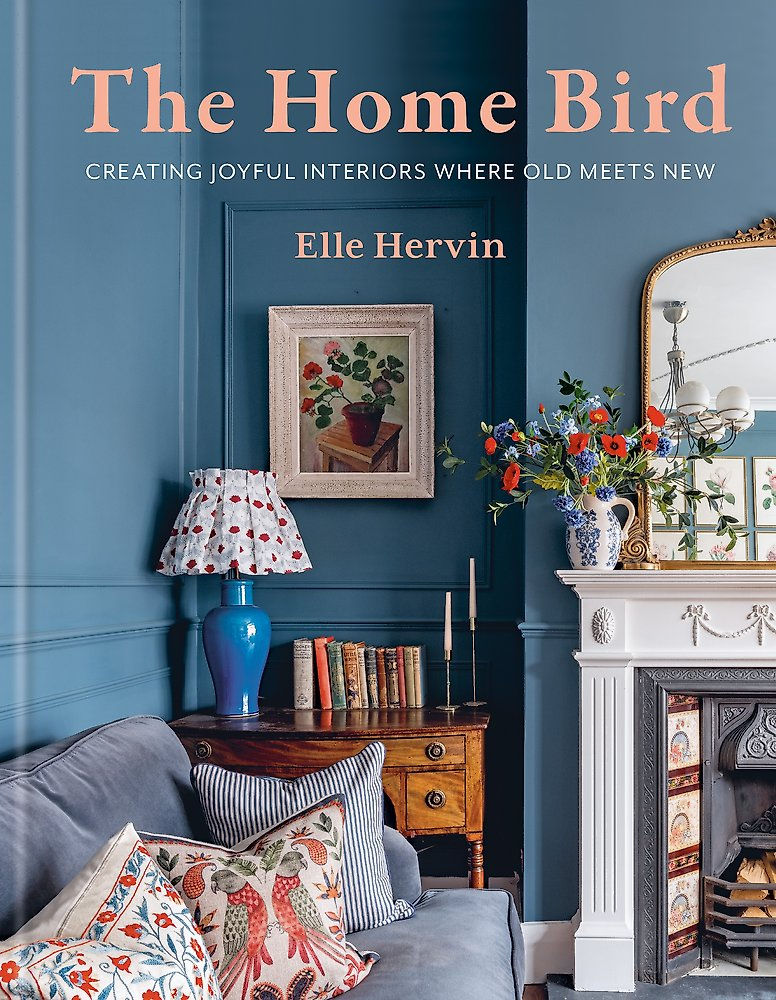Frida Kahlo Love Letters by Suzanne Barbezat
- NZ Booklovers

- May 4
- 3 min read

This is a fascinating book, focused on just one small part of the life of Mexican artist Frida Kahlo. Put simply, we see in detail the letters that she wrote to the men and women that she loved. All the people that she interacted with at different stages in her life, from her teenage years right through to her death at only 47. As with her art, her love was always powerful, expressive and full of hidden meanings.
It has to be said that our impression is a little one-sided. We hear Frida’s voice, but very little from the people that she professed to love so deeply. It would be wonderful to hear if they expressed the same amount of passion and love in their letters to her. We have glimpses. We know that her first love, Alejandro, kept all of her letters. Ignacio had a passionate affair with Frida for only about three months, but kept all of her letters and photos in a small lacquered box made of aromatic wood. Fifty years later, in 1986, he gave a lecture about Frida, and his words then captured some of her spirit.
“Frida is the event of each day, with birds and flowers, forget-me-nots, pelicans, marigolds, the moisture of the garden, and the aroma of a burning comal…Scandalously beautiful Frida.”
Not knowing the life of Frida that well, there was much to learn from this short collection. I knew that she was injured in an accident and was often in pain. I had not realised that she continued to have operations throughout her life. The letters show something of the persistence of the pain she experienced. The weeks and sometimes months that she had to spend in different hospitals were hard for Frida, and must have left her feeling very lonely. The reliance on letters for any form of personal news must also have made these periods of isolation hard.
The love letters allow us to glimpse the artist's passion for the people around her. She was not afraid to say how much she loved someone, in words that must have made them feel very special. There are twenty-five years between the first and last letters in the book, a period that represents almost the whole of Frida’s adult life. The words always remain full of emotion and passion. Over time, they become more poetic and complex. At one point, she uses an acrostic to spell out the name of her lover and at the same time make a list of words that describe the man or her emotions for him. From quite a young age, there would also be drawings within her letters – faces or animals that foreshadow her later works and interests.
Frida’s story cannot be told without the mention of Diego Rivera. She married him in 1929, when she was just 22 and he was twenty years older. After difficult times, they divorced in 1939, but were married again in 1940. In the midst of their first years of marriage, Diego continued to have affairs, even one with Frida’s sister. This may have been what pushed Frida to have affairs of her own, but she was much more discreet. We certainly see plenty of her passion for others. The letters to Nickolas Muray were particularly intense, and some had a trail of lipstick kisses along the margins. Muray helped to support Frida financially during her divorce and met with her when she travelled to New York for exhibitions of her work. He was a renowned photographer, and some of the pictures in the book are ones that he took, both formal and candid. The book is richly illustrated with a pleasing mixture of photographs, drawings and paintings by Frida and also pictures of the letters themselves. The earliest were in Spanish, but later her letters were also in English.
Suzanne Barbezat has done a great job assembling and translating the letters and also adding context. There are eight sections to the book, each one with letters to a different lover, including women such as Georgia O’Keefee and Jacqueline Lamba. Barbezat begins each section with a short introduction to give us some of the background and the context. As well as giving us a brief glimpse of Frida’s life, they also hint at the many other facets of her life that remain fascinating. The early years of the twentieth century were ones of revolution, both in Mexico and in Europe. Frida was friends with the exiled revolutionary Leon Trotsky while he lived in Mexico. Many of her lovers had some link to revolutions or a fight for the common people. So many fascinating strands, they make you want to learn more about the fascinating force of nature that was Frida Kahlo.
Reviewer: Marcus Hobson
Frances Lincoln



